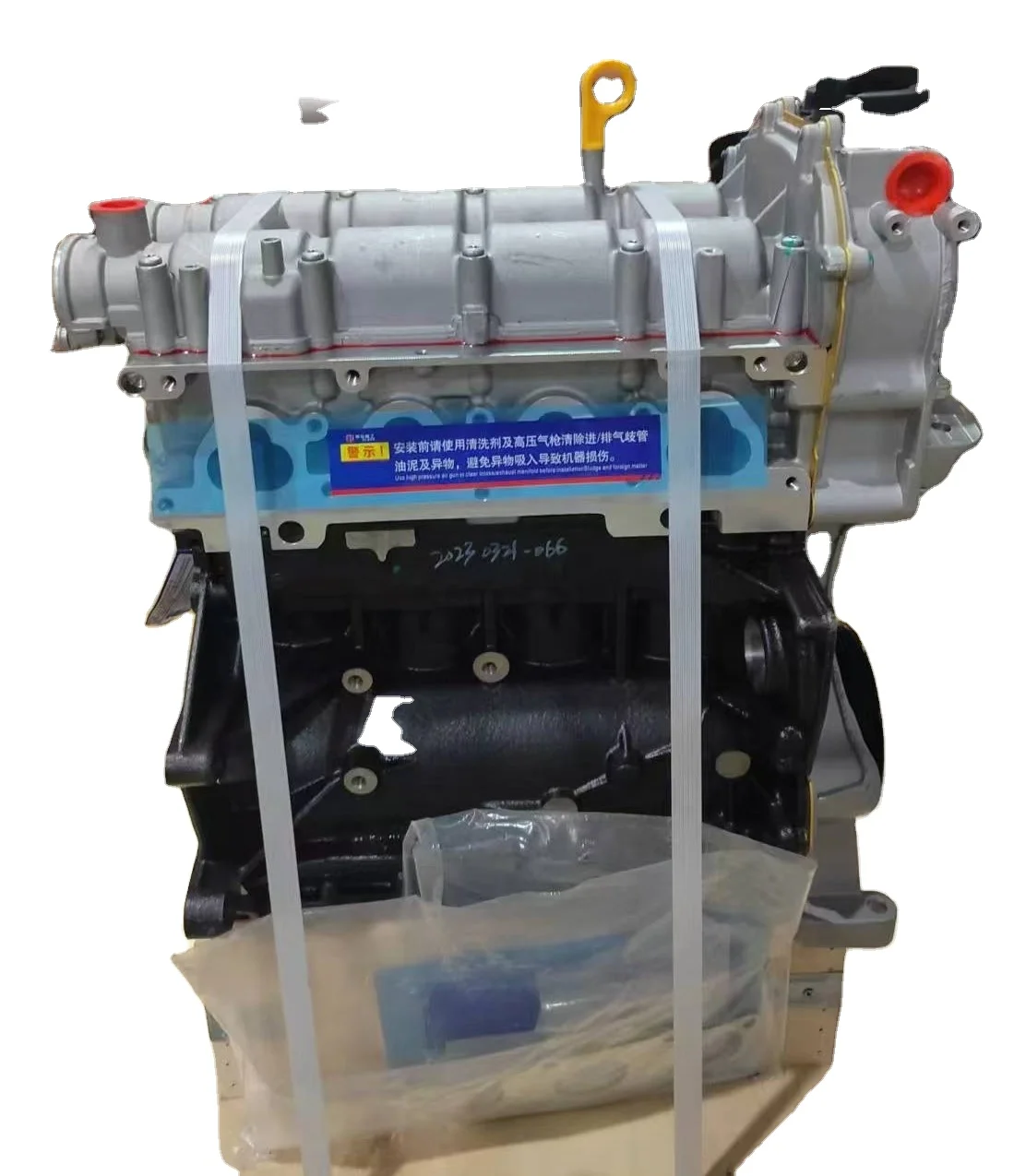Eliminate operational issues with a well-tuned clp engine.
Just How a Clp Engine Can Enhance Efficiency in Different Industries
The introduction of CLP engines notes a considerable change in operational performance across numerous industries, driven by their capacity to optimize fuel usage and lessen downtime. Industries such as manufacturing and logistics stand to gain substantially from their durable layout and constant power outcome, which guarantee to improve procedures and enhance efficiency. As companies increasingly focus on sustainability alongside effectiveness, the duty of CLP engines becomes much more vital. What continues to be to be seen is how these improvements will certainly shape the future landscape of industrial procedures and their influence on broader economic patterns (clp engine).
Review of CLP Engines
CLP engines, or Continual Fluid Propellant engines, represent a significant advancement in propulsion modern technology, specifically for area applications. These engines utilize a continuous feed system that enables the continual expulsion of propellant, resulting in enhanced performance and performance compared to typical strong or hybrid propulsion systems. By maintaining a consistent circulation of liquid propellant, CLP engines can attain a lot more accurate drive control, which is vital for maneuvering spacecraft in numerous objective scenarios.
The layout of CLP engines integrates innovative products and innovative gas management systems. clp engine. This causes decreased weight and increased dependability, important variables for long-duration area goals. The continual operation lessens the threat of combustion instability, an usual challenge in traditional rocket engines.

Advantages in Production
The production of Constant Liquid Propellant (CLP) engines presents several remarkable benefits that improve both performance and cost-effectiveness. Among the main benefits is the structured production procedure, which decreases the intricacy linked with traditional propulsion systems. By using liquid propellant, manufacturers can achieve better accuracy in engine performance, resulting in optimized power outcome and decreased waste.
Additionally, CLP engines promote a higher degree of modularity, permitting for much easier combination into numerous manufacturing lines. This adaptability can dramatically reduce lead times and boost general operational adaptability. The usage of CLP technology additionally has a tendency to minimize the demand for comprehensive upkeep because of less moving components, which equates into minimized downtime and operational expenses.

Applications in Logistics
Leveraging Constant Liquid Propellant (CLP) engines in logistics uses considerable benefits in operational effectiveness and dependability. These engines offer a robust service for various transportation needs, enabling the smooth activity of items throughout huge distances. The fundamental design of CLP engines permits regular power result, which converts right into smoother and much more predictable transportation timetables.
Among the crucial applications of CLP engines in logistics is in heavy-duty products transportation, where they can drive both ground and aerial cars. Their ability to keep high efficiency under varying load problems makes sure that delivery timelines are met, therefore improving customer satisfaction. In addition, CLP engines can be incorporated into automated logistics systems, facilitating real-time monitoring and enhancing route preparation.
Furthermore, the resilience of CLP engines lowers maintenance downtime, allowing logistics firms to maximize their functional abilities. This is particularly the original source helpful in warehousing operations, where performance in dealing with and transporting items is crucial. As logistics remains to develop, the assimilation of CLP engines represents a forward-thinking strategy that not only boosts performance however also sustains the sector's growing needs for reliability and rate.
Effect On Energy Performance
How do Constant Fluid Propellant (CLP) engines enhance power efficiency in transport? CLP engines utilize a regular flow of liquid gas, optimizing combustion procedures and keeping a stable thrust result. This layout reduces power losses related to conventional burning engines, where gas distribution can vary and result in inadequacies.
The continual operation of CLP engines enables for a much more reliable thermal cycle, resulting in higher particular impulse compared why not try here to traditional engines. clp engine. This converts to reduced fuel consumption for the exact same amount of job done, dramatically decreasing about his functional costs across various transportation industries, including air travel and maritime markets
Additionally, the capacity of CLP engines to keep optimum efficiency under differing lots problems lowers the demand for constant velocity and slowdown, additionally boosting gas efficiency. Improved energy performance not just adds to set you back financial savings however likewise causes reduce greenhouse gas discharges, aligning with global sustainability goals.
Future Trends and Innovations
Arising innovations in Continual Liquid Propellant (CLP) engine innovation guarantee to revolutionize the landscape of transport performance and sustainability. As markets pivot toward greener alternatives, CLP engines stand at the center, incorporating ingenious materials and layout methods that improve performance while minimizing ecological effect.
One of one of the most appealing trends is the fostering of crossbreed systems that combine CLP engines with renewable power sources. This harmony can enhance fuel intake and minimize emissions, straightening with worldwide sustainability goals. Improvements in computational fluid characteristics (CFD) are facilitating the style of more aerodynamically effective engines, leading to reduced drag and enhanced fuel effectiveness.
Furthermore, the advancement of clever tracking systems is readied to enhance functional efficiencies. These systems take advantage of information analytics and IoT technology to maximize engine performance in real-time, making sure that the engines run within their most efficient specifications.
As study remains to check out different propellant formulations-- such as biofuels and artificial gas-- the future of CLP engines looks promising. By taking advantage of these technologies, industries can not only boost their efficiency but likewise add significantly to a cleaner, much more lasting future in transport.
Verdict
In final thought, CLP engines represent a significant development in efficiency across multiple sectors. The assimilation of innovative products and fewer moving components decreases upkeep demands, while positioning with sustainability goals placements CLP engines as a crucial innovation for the future.